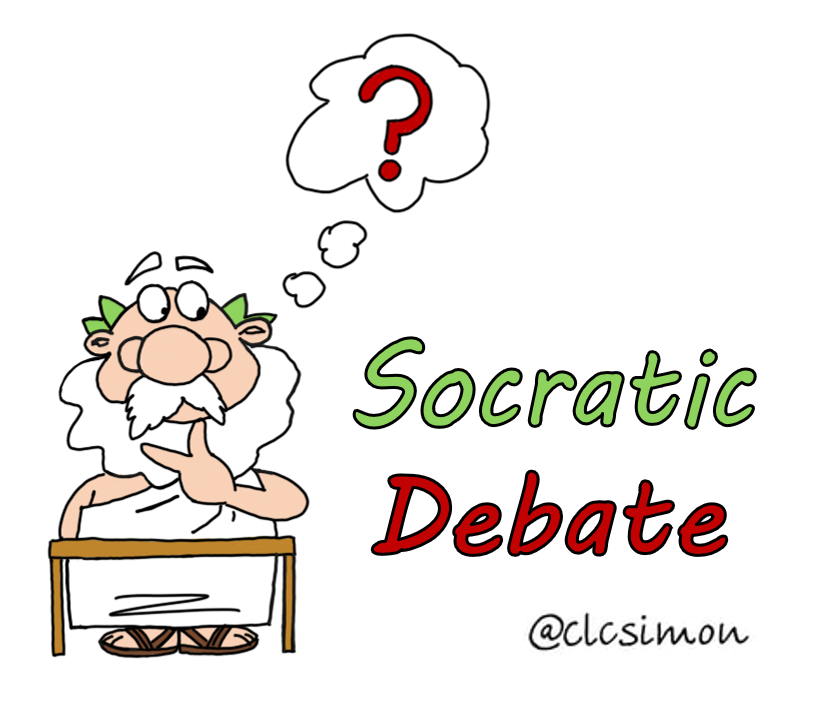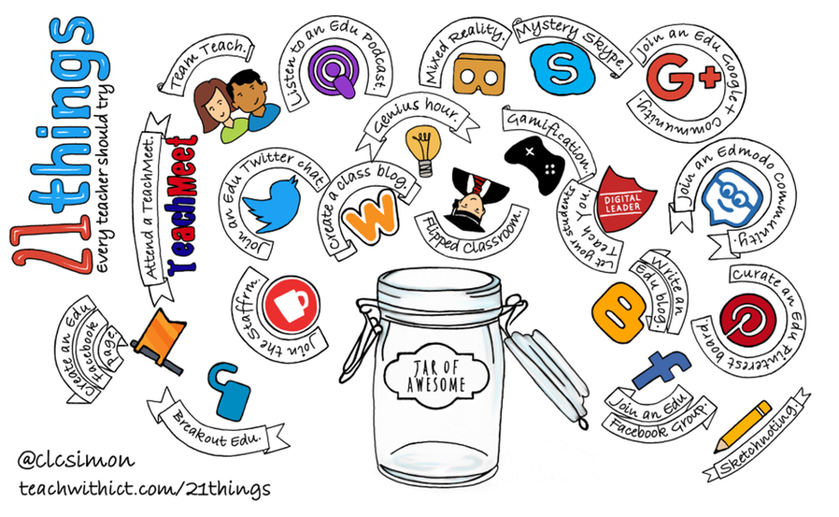One approach I have used to teach computing theory with great success is Socratic debate. Socratic debates are great for covering controversial or thought provoking issues e.g. social, ethical and legal issues surrounding the use of computers.
How it works:
Students are initially split into teams to research a topic. After some initial research, the teams are then asked to compile their best arguments and choose their spokespersons before entering the 'Socratic circle'.
In a Socratic circle, the students help each other explore ideas / concepts and arrive at an answer by asking and answering questions rather than one particular team ‘win an argument’, as in a debate. In a Socratic circle discussion, the students are responsible for facilitating their own group discussion, whilst also practicing listening and questioning skills.
Before the debate starts, the teacher gives each of the remaining students a piece of paper with a question or mission written on it (each aimed at different levels of ability) which they must complete during the debate e.g. "Who gave the most persuasive argument boys or girls and write down some examples" or "Who used quotes or acknowledged sources in their arguments and give examples". This way everyone is involved during the debate.
s
At the end of the debate, students are chosen at random to reveal their question or mission to the rest of the class and to respond with their answers / observations.
How it works:
Students are initially split into teams to research a topic. After some initial research, the teams are then asked to compile their best arguments and choose their spokespersons before entering the 'Socratic circle'.
In a Socratic circle, the students help each other explore ideas / concepts and arrive at an answer by asking and answering questions rather than one particular team ‘win an argument’, as in a debate. In a Socratic circle discussion, the students are responsible for facilitating their own group discussion, whilst also practicing listening and questioning skills.
Before the debate starts, the teacher gives each of the remaining students a piece of paper with a question or mission written on it (each aimed at different levels of ability) which they must complete during the debate e.g. "Who gave the most persuasive argument boys or girls and write down some examples" or "Who used quotes or acknowledged sources in their arguments and give examples". This way everyone is involved during the debate.
s
At the end of the debate, students are chosen at random to reveal their question or mission to the rest of the class and to respond with their answers / observations.
Setup
- Ensure that all the students have their questions ready. Explain the rules (below) to the students so that they all understand their role during the Socratic discussion.
- Arrange the seats into two circles (inner and outer circle) – the inner circle should have less seats. Direct the students to their designated seats (Inner circle: discussion group, outer circle: listening group). Give each pupil in the outer circle one of the differentiated ‘focus cards’ (below) with a particular skill to concentrate on.
- Start the discussion with an opening question or statement e.g. “Surveillance technology is a bad thing, discuss!” or “Why do we need technology to track the movements of individuals?”. Once the discussion has started, let the students dictate the pace and content of the discussion themselves. Only become involved when it’s time to wrap up or if the discussion starts to lag by introducing new questions (See below).
- Finish the discussion by asking the students in the outer circle to reveal their question or mission to the rest of the class and to respond with their answer or observation.
Resources:
| socratic_debate_cards.pdf |
| socratic_sample_questions.pdf |
Rules:
As with any form of debate, it is always good to start with a set of ground rules:
As with any form of debate, it is always good to start with a set of ground rules:
- Respect each other’s opinions
- One voice at a time (Don’t interrupt)
- Listen carefully to everyone’s argument
- Support your arguments with evidence
- If you don’t understand something, ask for clarification
- Try to reach an agreement
Plenary:
A great way to finish off a Socratic debate is to follow with a quick Pose, Pause, Pounce & Bounce activity.
Example:
A great way to finish off a Socratic debate is to follow with a quick Pose, Pause, Pounce & Bounce activity.
Example:
- Pose a question to the whole class e.g. Why do we need technology to track the movements of individuals?
- Pause to give students time to digest the question and think of their answer. If the students are engaged, try holding the pause for a little while longer to build up the tension.
- Pounce: Quickly, select a student to answer the question. i.e. Insist the answer to the question comes from student A and possibly student B, directly and fast! Obviously, plan in your mind who you are going to direct the questions to beforehand.
- Bounce the question or student's response on to another student (immediately after the pounce). e.g. Ask them if they agree with the previous student’s answer and to explain why.



